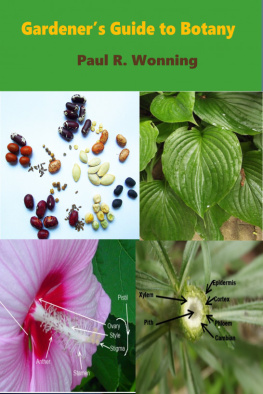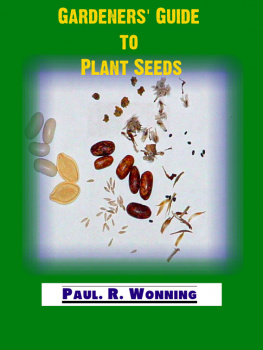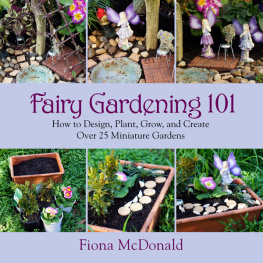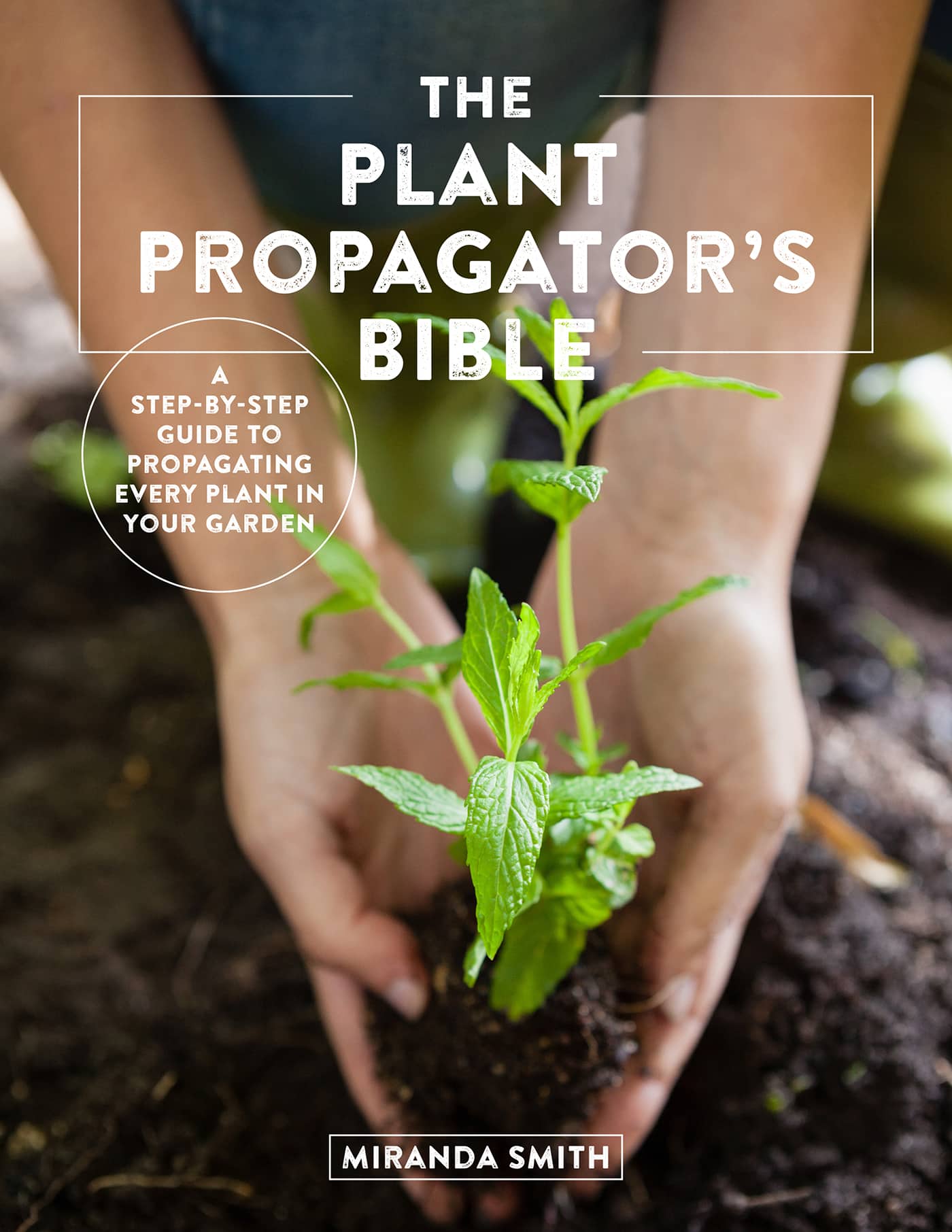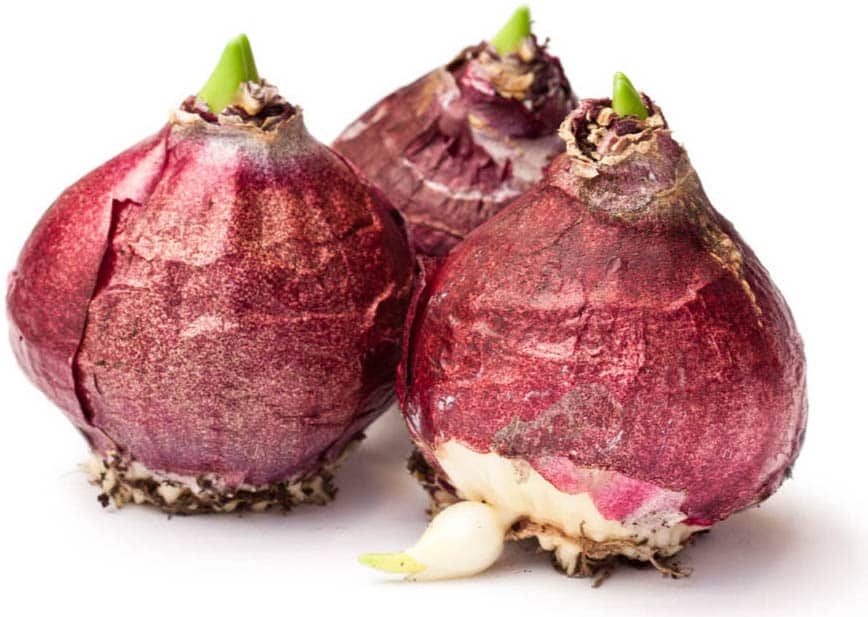Contents
Page List
Guide
Cover
MIRANDA SMITH
THE
PLANT
PROPAGATORS BIBLE
A STEP-BY-STEP GUIDE TO PROPAGATING EVERY PLANT IN YOUR GARDEN


CONTENTS
INTRODUCTION
Plant propagation is one of the most enjoyableand certainly one of the most excitingparts of gardening. Once gardeners are comfortable with building soils, keeping pests and diseases under control, and managing weeds without a lot of time or trouble, they naturally gravitate to experimenting with propagationat least, most of them do. Unfortunately, some very good gardeners are frightened to take this step because they are convinced that they will fail.
The sad thing about this decision is that its based on very faulty information: the idea that plant propagation is difficult. Nothing could be further from the truth. After all, what is a plant designed to do? As far as the natural world is concerned, one purpose of a plant is to make more plants. So you have the single most powerful ally in the worldMother Natureon your side when you try to propagate a plant.
You do have to follow some commonsense guidelines if you want to be successful. Whenever possible, youll need to emulate natural processes as closely as you can. Every plant is designed to reproduce in certain waysnot all plants develop suckers, for example, nor can all of them make roots from a piece of leaf. So youll need to learn how your plant reproduces in order to succeed.
Thats the purpose of this bookto teach you how to propagate any plant in your yard.
The first section shows, in a step-by-step fashion, how to carry out various propagation techniques. Youll see that some require you to know a little about a plants physiology, so that information is included as necessary. Youll find a list of the plants for which the technique is appropriate, and the index, beginning , also lists each of these plants so youll be able to quickly find the information you need.
The second half of the book is devoted to a plant directory that covers plants in-depth. The plants were chosen because they are representative of the most common plants in contemporary gardens and include some trees, bushes, and fruiting plants as well as ornamentals.

Most plants reproduce through a number of different processes. A plant may make seeds, for example, in addition to rooting easily from any branches that touch the ground, or from stem cuttings. In those cases, most people want to know which technique will give them the greatest chance of success. Youll find that information in the directory. Additional methods are also listed. This information is useful if youve missed your chance for the year to propagate the plant by the easiest means. For example, starting from seed is frequently the best way. However, if you suddenly decide to propagate something and its too late in the year to buy seeds, its useful to know that the plant also propagates well from semiripe cuttings, which are usually ready in mid- to late summer, or hardwood cuttings, which are ready in late fall and early winter.

FAILURE AND SUCCESS
Even though most of your forays into the world of propagating plants will succeed, you wont have a 100 percent success rate once you venture past working with seeds, suckers, divisions, and layering. But its important not to get discouraged. No one has a perfect record; even professionals experience a certain number of failures.
Do yourself a favor by learning not to be upset if a graft doesnt take or a cutting develops a fungal disease. Instead, stop and analyze the situation. On the graft, for example, ask questions about your technique. Think back to try to determine if the cambium layerswhich youll learn about in this bookwere really touching each other. Was the tape tight enough? Should you have sealed it with wax to exclude air and moisture?
Asking yourself these questions will generally lead to the answers that will result in success the next time around. And if it doesnt? Why, ask again and try again. Unless you are trying to do something thats impossiblemake an avocado leaf root, for exampleyoull eventually succeed. And all those failures will be the reason you didbecause youll learn as much or more from your failures as you do from your successes.
ABOUT THIS BOOK
The Tools and Techniques section provides general advice for getting started and specific instructions for dozens of propagation techniques. The Plant Directory section discusses specific plants, with tips tailored to each genus.
TOOLS AND TECHNIQUES

TOOLS AND TECHNIQUES
In nature, plants propagate themselves without using special tools or sophisticated techniques. If branches from adjacent trees of the same genus rub against each other, for example, they may form a graft; the stem tips of leggy shrubs often take root; and seeds of plants as diverse as marigolds and giant sequoias germinate and grow without any fuss. But if you want to propagate the plants you want when you want them, youll need a few basic tools and commonsense techniques to ease your work.
THE PROPAGATORS TOOL KIT
Good tools make an enormous difference to the ease with which youll be able to propagate your plants. They can also make the difference between failure and success. So your first task as a plant propagator is to collect the tools youll need for the jobs youll be doing.
When you see all the tools together, it may appear as though your tool kit will cost a great deal to assemble. However, that isnt so. For one thing, unless you practice every type of propagation technique in these pages, you wont need every tool. Instead, youll need to assemble certain tools for particular tasks. And as for cost, most of the tools are inexpensive, especially compared with the price of new plants. So regard these pages as a reference to come back to as you add to your repertoire of propagation techniques.


